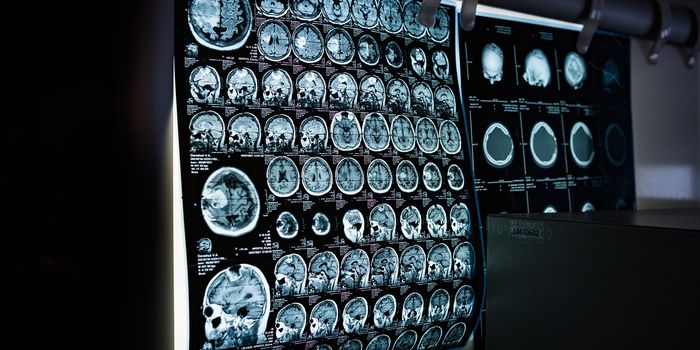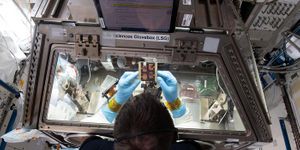Scientists Discover 34 Novel, Rare Disorders
Many rare diseases can be traced back to an error in a gene. Genetic mutations may not be inherited, and can arise out of nowhere; these are so-called de novo mutations. While there are some relatively common genetic mutations that are linked to disease, such as mutations that cause cystic fibrosis, sometimes these mutations only happen in a handful or people, or even one individual. The cause of these diseases usually is not revealed until the entire protein-coding sequence of the genome is analyzed. This approach is called exome sequencing.
In a new study, researchers used computational tools to analyze exome sequences from 1,577 patients with undiagnosed diseases from sixteen hospitals. The team identified 34 novel genetic disorders 499 people, including 425 children. They found mutations in 370 genes in their patient cohort.
The study has indicated that the 'GestaltMatcher' software used in this work, which employed artificial intelligence, could help support the clinical diagnosis of genetic disease. The findings have been reported in Nature Genetics.
GestaltMatcher was tested on a larger scale for the first time in this study. It analyzed image data along with sequence data for 224 individuals who consented to the use of their facial images in a computational analysis. The study indicated that there is a clinical benefit to GestaltMatcher AI, which identifies abnormalities in the face and can link them to specific disorders.
"GestaltMatcher is like an expert opinion that we can provide to any medical professional in a matter of seconds," noted corresponding study author Professor Peter Krawitz, Director of the Institute for Genomic Statistics and Bioinformatics (IGSB) at the University Hospital Bonn (UKB), among other appointments."Early diagnosis is essential for those affected by rare diseases and their families."
These results are the product of a project called TRANSLATE NAMSE, which aimed to improve patient care with better diagnostic tools.
"We are particularly proud of the discovery of 34 new molecular diseases, which is a great example of knowledge-generating patient care at university hospitals," added study co-author Dr. Theresa Brunet, of the Institute of Human Genetics at the Technical University of Munich.
Unfortunately, many patients still don't have a diagnosis after this research. The investigators are planning to continue to search for the potential genetic causes of these disorders with a fresh effort. They may apply different sequencing techniques or analysis methods to these cases, some of which allow the researchers to assess much longer sequences.
"Long-read sequencing enables us to find genetic changes that are difficult to detect and we assume that we will be able to make further diagnoses using this method," explained co-study author Dr. Nadja Ehmke, Head of Genome Diagnostics at Charité's Institute of Medical Genetics and Human Genetics.
New diagnostic techniques have also been implemented for these newly discovered disorders at participating rare disease centers.
Sources: University Hospital Bonn, Nature Genetics









